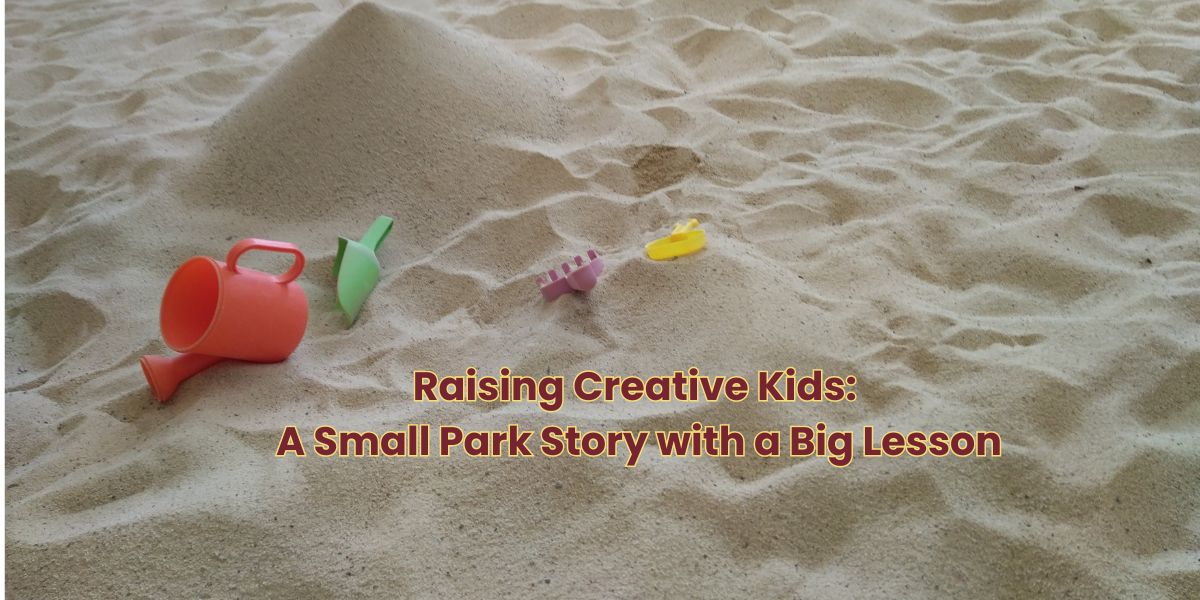
The Magic of Storytelling: How It Sparks Imagination and Builds Confidence in Children
The Magic of Storytelling: How It Sparks Imagination and Builds Confidence in Children
by Sridevi Srinivasan
Imagine a world without stories—no fairy tales, no bedtime adventures, no legends passed down through generations. Wouldn’t that be dull? Without stories, we would have to learn everything solely through experience, with no wisdom from the past to guide us. Passing on important values like honesty, kindness, courage, and perseverance would be far more difficult.
Stories enrich our lives in countless ways. Fairy tales teach us that life is full of surprises and that courage and compassion help us navigate challenges. Legends inspire us to stand strong and uphold values. Bedtime stories soothe, heal, and spark imagination. Folktales instill morals, sometimes explicitly and sometimes through hidden meanings. More than mere entertainment, stories connect generations, passing down wisdom in a way that mere facts cannot.
Thankfully, stories are everywhere—in books, movies, advertisements, and even in the way we share our daily experiences. Storytelling helps preserve values and traditions, making it a powerful tool for shaping young minds.
The Role of Storytelling in Education
Storytelling is more than just a pastime; it is an essential tool for learning and personal growth. Recognizing its significance, renowned author and educator Sudha Murty has been a strong advocate for incorporating storytelling into education. As a prolific writer and a Rajya Sabha member, she has urged the government to support storytelling as an art form, emphasizing that it is not just about entertainment but also about preserving culture, passing down values, and making learning more engaging.
https://www.youtube.com/watch?v=bYIUFXoWMVk
But what exactly makes storytelling so powerful?
What is Storytelling?
Storytelling is the art of narrating events in a way that engages, inspires, and influences others. A well-told story can spark curiosity, boost creativity, and build strong connections. But storytelling is not just about fun—it also serves many essential purposes:
- Education – Makes learning engaging and easy to remember.
- Persuasion – Influences opinions and decisions.
- Cultural Preservation – Passes traditions across generations.
- Building Values – Instills honesty, kindness, and resilience.
- Strengthening Relationships – Creates bonds through shared experiences.
- Problem-Solving – Encourages innovative thinking.
- Confidence Building – Helps children express themselves clearly.
- Emotional Healing – Provides comfort and relief through words.
- Motivation and Inspiration – Encourages people to strive for their goals.
Because storytelling connects deeply with emotions, it is an incredibly effective learning tool. This is why it should be an integral part of school lessons.
The Power of Storytelling in Society
Many great leaders, teachers, and public speakers use storytelling to inspire and educate. However, storytelling can also be misused to manipulate and mislead people.
Inspiring Storytellers:
✔️ Teachers and Parents – Use stories to teach values and spark creativity in children.
✔️ Motivational Speakers – Share real-life experiences to inspire success.
✔️ Writers and Filmmakers – Transport us to new worlds while teaching valuable lessons.
Misleading Storytellers:
❌ Terrorist Groups – Spread false stories to manipulate young minds.
❌ Dishonest Politicians – Use storytelling to gain votes with misleading information.
❌ Manipulative Salespeople – Convince people to buy unnecessary products through deceptive stories.
This is why children must learn to recognize truthful, meaningful, and inspiring stories while also developing their own storytelling skills.
The Benefits of Storytelling for Children
Storytelling is not just about listening—it’s also about learning how to tell stories. When children tell stories, they develop confidence, communication skills, and critical thinking abilities.
✔️ Boosts Imagination – Children visualize characters, settings, and events.
✔️ Encourages Problem-Solving – They think of creative solutions to challenges in stories.
✔️ Improves Expression – Helps them communicate thoughts and emotions clearly.
For example, when a child tells a story about a lost puppy, they picture the puppy’s adventures and emotions. This strengthens their imagination and fosters empathy as they step into the character’s shoes. Sometimes, children surprise us with unique perspectives that make us see things differently.
Storytelling in Education
Many schools now integrate storytelling into their teaching methods because it makes learning more effective. Sudha Murty herself has emphasized how stories help children connect with their roots and understand life’s lessons in an engaging way. Schools that incorporate storytelling see improved communication skills, creativity, and a deeper understanding of subjects.
📖 Makes Learning Fun – Even complex topics become engaging through stories.
🗣️ Improves Communication – Helps children speak with confidence.
💡 Encourages Critical Thinking – Stories challenge kids to analyze and think critically.
🎭 Boosts Creativity – Encourages kids to imagine different endings or new scenarios.
A history lesson can transform into an exciting tale about kings and warriors. A science topic can become the adventure of a young scientist making discoveries. Teaching through stories makes lessons memorable and enjoyable.
Making Storytelling a Daily Habit
Storytelling should be a regular part of life for children, parents, and teachers. Here are some simple ways to encourage it:
🎭 Storytelling Games – Let children create stories using random words or pictures.
📚 Read-Aloud Sessions – Use different voices and expressions to make stories come alive.
📝 Create Story Diaries – Encourage kids to write short stories about their day.
🎤 Story Circles – Let children share personal experiences with friends and family.
Parents can also turn everyday instructions into stories. Instead of saying, “Eat your vegetables,” they can tell a story about a child who became strong by eating healthy food. This makes lessons fun and memorable.
Final Thoughts
A good story has the power to shape minds, change beliefs, and inspire action. If we teach children the art of storytelling, we equip them with a skill that will benefit them throughout life—in school, at work, and in relationships. As Sudha Murty champions, storytelling is not just a creative outlet—it is an essential life skill that connects us with our heritage and helps shape the future.
So, let’s not just tell children stories. Let’s help them become great storytellers too!



